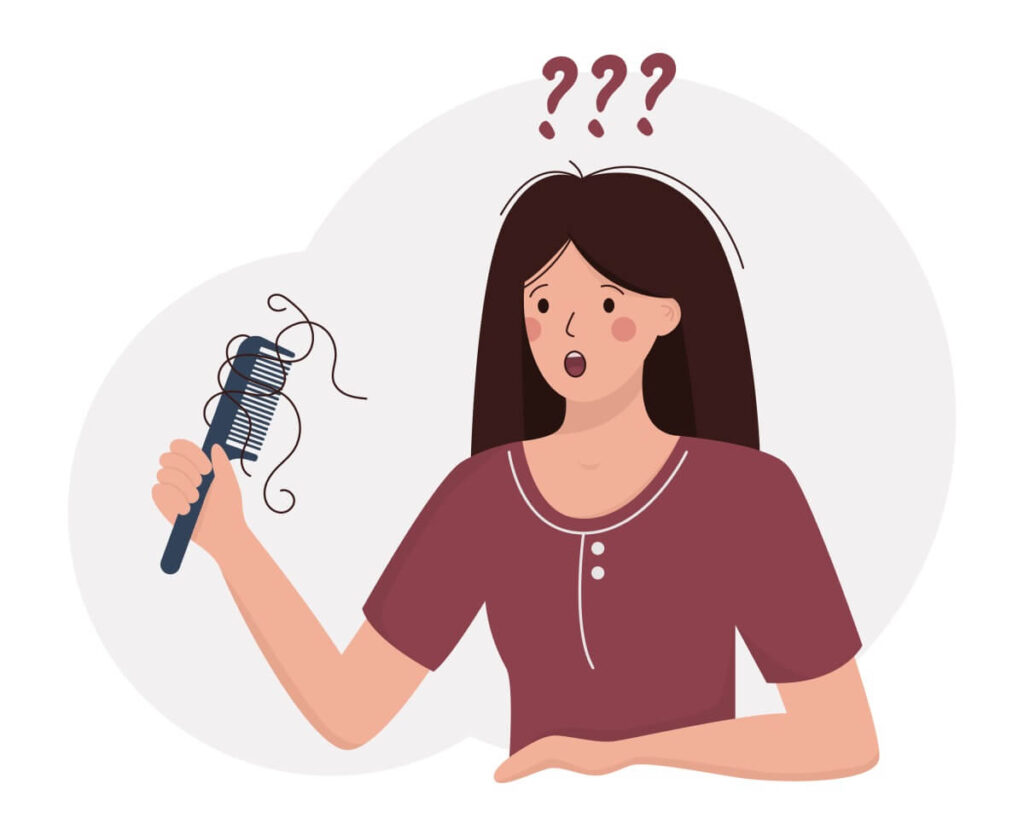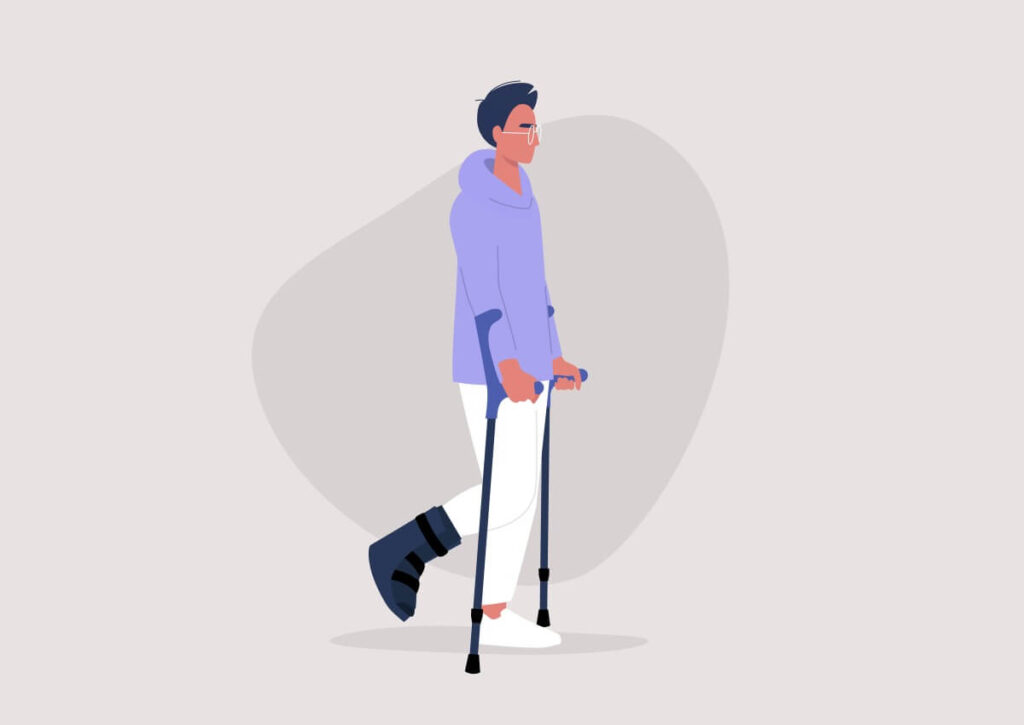Thanks to advancements in science and medicine, you’ll find plenty of products like drugs and topical products that can enhance your appearance or treat an underlying condition. But that’s not to say that treatments that use your body’s natural substances and processes aren’t just as good. Substances like platelet-rich plasma (PRP), for example, provide a number of benefits for their users.
So how can platelet-rich plasma benefit conditions like hair loss or even drug abuse? Through its cell repair features, it can improve the current condition of your cells and tissue within a treated area and renew it into its fully-functioning state. In this fashion, PRP is also said to help those who suffer from drug abuse through cell repair.
What Can PRP Treatment Do?
Platelet-rich plasma, or PRP, is a natural substance found in your blood. To create PRP for your treatment, a medical provider will extract blood and run it through a centrifuge. This separates the PRP from the rest of the components in your blood, such as white blood cells.
PRP is used in a number of treatments, both medical and cosmetic procedures. Here are some of the conditions PRP can help treat.
Hair Loss

When you experience hair loss due to conditions like male pattern baldness (androgenic alopecia), hormonal conditions, or any internal cause that suppresses your hair growth cycle and leaves your hair follicles dormant, PRP can play a role in treatment for hair loss by reviving healthy hair regrowth.
PRP is administered to the scalp either through dermal injections or after microneedling treatments. Through this, the platelets trigger cell and tissue growth around the hair shafts. By renewing cell growth around the follicles, PRP can help in preventing hair loss and promoting new hair growth by awakening dormant follicles and continuing the hair cycle.
Is It Effective?
Several studies have suggested the effectiveness of PRP for hair treatments. Two studies in 2014 and 2015 found that PRP injections on those with androgenic alopecia saw a gradual increase in hair density. With the participants taking PRP injections every 2 weeks for 3 months, researchers found that the average number of follicles in one area not only increased but appeared to be thicker and stronger. Another study in 2019 found that by comparing the results of one group that got PRP injections and another group that took minoxidil, PRP injections had better results.
However, it’s not for all causes of hair loss. Whether your hair loss is caused by external factors like traction alopecia – which is hair loss caused through scalp hair tension from certain tight hairstyles – or because of certain medications or treatments like chemotherapy or antidepressants, PRP may have little effect on hair restoration until you’ve tackled the root cause.
The 2019 study also showed that how many platelets you have in your blood can affect how well PRP therapy for hair loss can affect hair growth. Platelet-poor plasma and those with certain clotting or bleeding disorders may not have a sufficient concentration of platelets to provide effective results.
Drug Abuse Rehabilitation

Drug abuse affects neurotransmission, which is essentially how the nerves communicate with one another. With repeated and frequent usage of addictive drugs, how your neurotransmitters function and connect with other nerves can be heavily damaged.
Eventually, the neuron’s structures can take on long-lasting or permanent alterations. As a result, patients who try to recover from their addiction suffer difficult withdrawal symptoms which can lead them to relapse.
While not a cure for withdrawal symptoms or drug abuse, PRP may have a positive effect on how well your body recovers from drug abuse. PRP is believed to regenerate cells and promote healthy cell growth as your nerve cells slowly revert to their original structure.
Is It Effective?
PRP has the cell regenerative properties as many other medications and alternatives in drug abuse recovery. While many studies support the effects PRP has on regenerating cells, there aren’t that many studies to suggest it can do the same to neuronal cells. However, given the fact that PRP treatments are used for brain and spinal cord injuries, there’s strong evidence that PRP can be effective on the neurological system.
Skin Rejuvenation

As you age, the amount of collagen and elastin produced by your skin lessens. As a result, your facial skin starts to show signs of aging as it becomes less firm and elastic. It also takes longer for older skin cells to be replaced with younger skin cells.
PRP is often used alongside microneedling treatments in a procedure becoming increasingly popular in the cosmetic treatment world. Patients undergo microneedling using any microneedling device, and then PRP is administered over the treatment area.
The microchannels created on the face can provide better penetration for the PRP, which can stimulate cell repair by promoting the growth of younger cells and getting rid of the dull, old skin cells at the top layer. This can help give patients a more youthful, rejuvenated appearance.
Is It Effective?
Microneedling with PRP treatments are gaining popularity as many patients notice a significant difference in their appearance. However, the effects PRP can have on your skin can vary, and there’s little evidence to suggest that it can reduce the appearance of wrinkles and more visible signs of aging.
Assist in Injury Recovery

PRP is often used in pain management and helping patients recover from injuries like tendon, ligament, muscle, and joint injuries, as well as joint conditions like osteoarthritis. These issues can suddenly or gradually be developed through an accident or overuse with time. As a result, tissues like muscles, tendons, and ligaments surrounding the bone and joints can start to wear out from overuse.
PRP is used to help stimulate the healing process. By boosting cell growth in the area, PRP can help regrow some cells in the area to protect the joints, decrease pain, and make it easier for patients to recover from their injuries and eventually return to their usual day-to-day activities.
Is It Effective?
PRP is popularly used in treating joint injuries as well as for post-surgical healing. Its cell growth features have benefitted patients seeking pain management solutions for surgery and chronic conditions caused by degenerating tissue.
Getting PRP Treatments
PRP can be used for both medical and cosmetic treatments. To learn more about getting PRP treatments for a specific purpose, visit your doctor for a consultation. After determining if getting PRP is the safest option and the best suited solution to treat your condition for you, you’ll move onto treatment as advised by your provider. Creating platelet-rich plasma injections takes less than half an hour to extract and process your blood.
For hair care, this means either undergoing microneedling treatments for your scalp and then combining it with PRP. It can also mean directly injecting PRP into the thinning areas of your scalp. We recommend having a professional provider administer PRP to your scalp to get the best results.
Are PRP Treatments Right for Me?
PRP is generally safe for most healthy patients. It’s made from blood that’s extracted directly from your body, which means that it doesn’t contain any allergens that can result in major side effects. However, just because it’s safe doesn’t necessarily mean it’s effective. It’s always good to talk to your doctor about getting PRP treatments to see if it’s the right solution for your condition.
The best candidates are patients that are generally healthy, have an average amount of platelets in their blood, and are suffering from a condition that can actually be treated by PRP. For instance, PRP treatments can be used for hair growth, and it’s said to be good for those experiencing male or female pattern hair loss (androgenetic alopecia) but not so much for those undergoing treatments or taking medication that could cause hair loss.
Aside from what was mentioned, PRP may also not be safe or effective for patients with the following:
- Patients currently taking blood thinners or any blood-thinning medication
- Patients with blood disorders that can cause platelet dysfunction, platelet-poor plasma, or problems with clotting and wound healing
- Heavy smokers – this can affect the clotting process and can negatively affect your hair growth, which cancels out the point of getting PRP
- Patients with skin and scalp infections – seek treatment for your infection and wait for it to fully heal before scheduling PRP injections, as there’s a risk of bacteria penetrating the skin with the injection.
Shop for Your Health and Beauty Needs at FACE Med Store
PRP has plenty of uses for medical and aesthetic treatments. If you’re interested in learning more about the potential benefits PRP can have on your body, talk to your doctor and see if you’re a good candidate for receiving PRP treatments.
For all your beauty and health needs, FACE Med Store can provide for your needs. Whether you’re a business owner or an everyday user, our online store offers quality supplies, equipment, and other products suited for you or your practice’s needs. Get reliable tools at competitive prices today at FACE Med Store.






